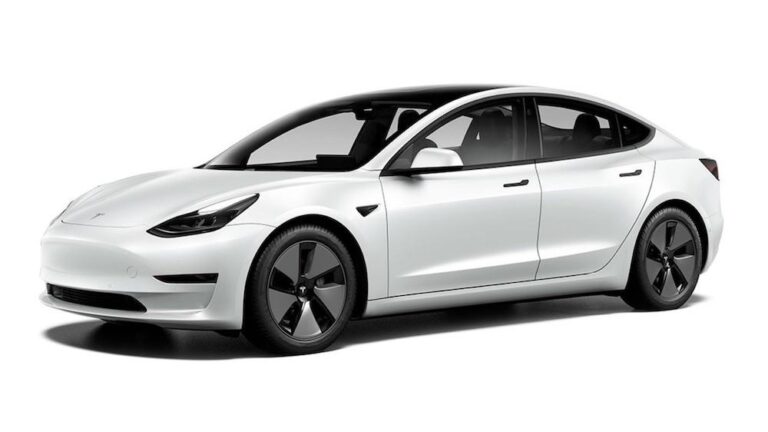Tesla’s electric vehicle sales in Germany experienced a sharp decline in October, dropping by 53% compared to the previous month, according to data compiled by TipRanks. This significant downturn raises questions about the challenges facing the EV giant in one of Europe’s key markets. The steep fall comes amid intensifying competition from established automakers and shifting consumer preferences, underscoring the evolving dynamics of the German electric vehicle industry.
Tesla Faces Sharp Decline in German Electric Vehicle Sales in October
In a surprising shift for one of the most dominant players in the electric vehicle market, Tesla has experienced a significant drop in its sales figures within the German market this October. According to recent data analyzed by TipRanks, deliveries of Tesla electric vehicles fell by 53% compared to the same period last year. This marked decline highlights growing challenges for the American automaker amid intensifying competition from European manufacturers and supply chain disruptions that continue to affect production rates.
Industry experts point to several factors contributing to the downturn in Tesla’s German sales, including:
- Increased local competition: European brands like Volkswagen and BMW have launched new EV models appealing directly to German consumers.
- Manufacturing bottlenecks: Delays in component supply, especially semiconductors, have constrained Tesla’s ability to meet demand.
- Price sensitivity: Rising raw material costs have led to higher prices for EVs, prompting buyers to weigh alternatives more carefully.
| Month | Tesla Sales | YoY Change |
|---|---|---|
| October 2023 | 3,450 units | -53% |
| October 2022 | 7,350 units | – |
Analyzing Market Challenges Impacting Tesla’s Performance in Germany
The dramatic 53% decline in Tesla’s electric vehicle sales in Germany during October can be largely attributed to intensifying competition within the European EV market and persistent supply chain disruptions. Established German automakers such as Volkswagen and BMW have significantly ramped up their EV offerings, benefiting from strong brand loyalty and local manufacturing advantages. Additionally, Tesla is grappling with semiconductor shortages and logistical delays, hindering its ability to meet consumer demand promptly. These challenges are compounded by growing regulatory pressures, including stringent emission standards and local incentives favoring domestic manufacturers.
Market analysts also point to several other hurdles affecting Tesla’s performance in the region:
- Pricing Pressure: Increased subsidies for competing models have made Tesla’s vehicles less attractive price-wise.
- Charging Infrastructure: Germany’s expanding public charging networks favor EV models with broader compatibility than Tesla’s Supercharger system.
- Consumer Preferences: A shift towards smaller, more affordable electric cars contrasts with Tesla’s upscale lineup.
| Factor | Impact | Outlook |
|---|---|---|
| Local Competition | High | Increasing |
| Supply Chain Issues | Moderate | Improving |
| Consumer Trends | High | Shifting |
| Government Policies | Moderate | Variable |
Strategies for Tesla to Regain Momentum in the Competitive German EV Market
To reverse the steep decline in German sales, Tesla should prioritize localized innovation tailored to German consumer preferences. This could include expanding its model lineup with more affordable EV options that directly compete with popular German brands like Volkswagen and BMW. Additionally, increasing investments in German manufacturing or assembly plants could reduce delivery times and costs, enhancing Tesla’s appeal in a market that values local production. Collaborations with German tech firms to integrate cutting-edge autonomous driving features and infotainment systems may also address the discerning tastes of local customers.
Another critical strategy involves strengthening Tesla’s charging infrastructure and after-sales support across Germany. Early adopters often cite insufficient charging stations as a barrier to EV ownership, and Tesla can leverage its Supercharger network to alleviate these concerns. Enhancing service center proximity and responsiveness will also build confidence in the resale value and reliability of Tesla vehicles. The following table summarizes key focus areas and potential impacts:
| Focus Area | Proposed Action | Expected Impact |
|---|---|---|
| Model Diversification | Introduce lower-cost EVs tailored for the German market | Broaden customer base, increase market share |
| Local Manufacturing | Expand production facilities in Germany | Faster delivery, cost efficiency |
| Charging & Service | Expand Supercharger network and service centers | Improved customer confidence, better ownership experience |




